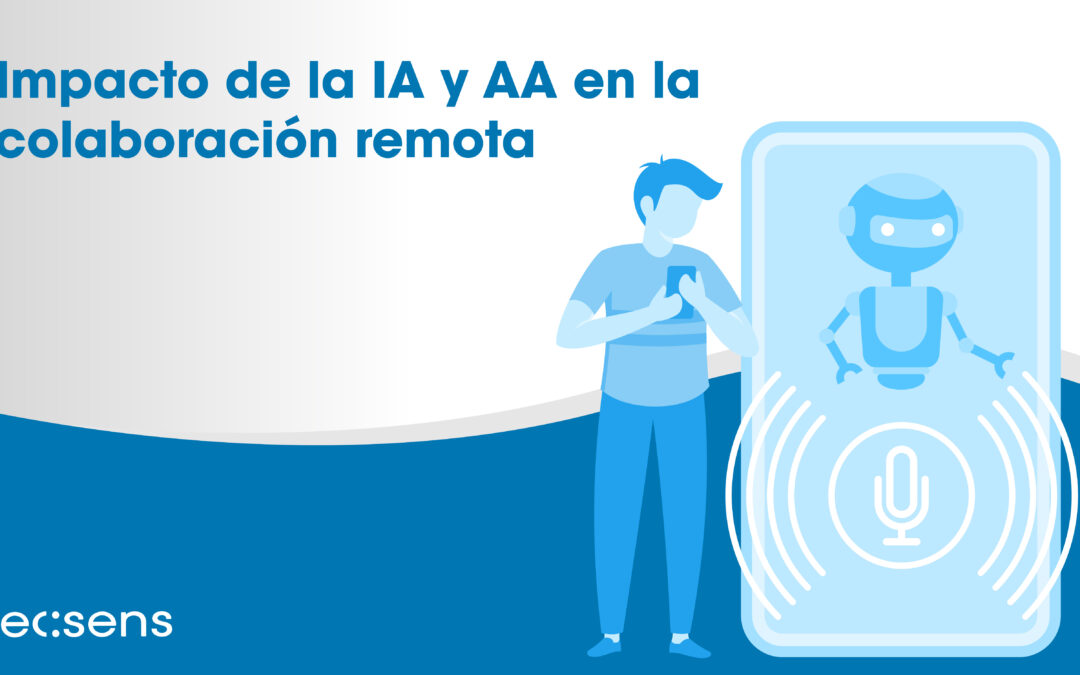Unified communications has undergone significant evolution in recent years, driven largely by advances in emerging technologies such as artificial intelligence (AI) and machine learning (ML). These trends have transformed the way organizations approach remote collaboration, especially in a world where flexibility and connectivity are critical. We analyze the impact of AI and ML on remote collaboration.
AI in Remote Collaboration
AI has left an indelible mark on unified communications by improving efficiency and personalization. AI-powered virtual assistants have simplified everyday interactions. From arranging meetings to automatically transcribing calls, AI has allowed users to focus on more strategic tasks.
In the context of video conferencing, AI has improved audio and video quality, reducing background noise and improving facial detection. In addition, AI systems can analyze communication patterns to provide feedback on meeting performance and suggest improvements, thus promoting effectiveness in virtual collaboration.
AA in Resource Optimization
Machine learning has contributed to resource optimization in unified communications. By analyzing usage data, machine learning algorithms can forecast demand and allocate resources more efficiently. This translates into an improvement in the quality of service, avoiding congestion and guaranteeing a smooth experience for users.
In the realm of security, machine learning has strengthened defenses against cyber threats. By analyzing patterns of behavior, you can detect suspicious activity and respond proactively, protecting unified communications against potential security breaches.
Remote collaboration in constant revolution
The global pandemic accelerated the adoption of remote work models, and unified communication tools played a crucial role in this transition. However, remote collaboration continues to evolve to meet growing user demands.
Unified communication platforms are integrating advanced real-time collaboration features, such as document co-editing and virtual whiteboarding, that facilitate creative collaboration and remote problem-solving. These characteristics are driven by the need to replicate the face-to-face experience in virtual environments, fostering team cohesion and productivity.
In conclusion,unified communications is undergoing transformative change thanks to artificial intelligence, machine learning, and the evolution of remote collaboration. Not only do these trends improve operational efficiency, but they also open up new possibilities for innovation and human connection in an increasingly digitized work environment. The key lies in adopting these technologies equitably and ethically, maximizing the benefits while addressing the challenges inherent in this communication revolution.




